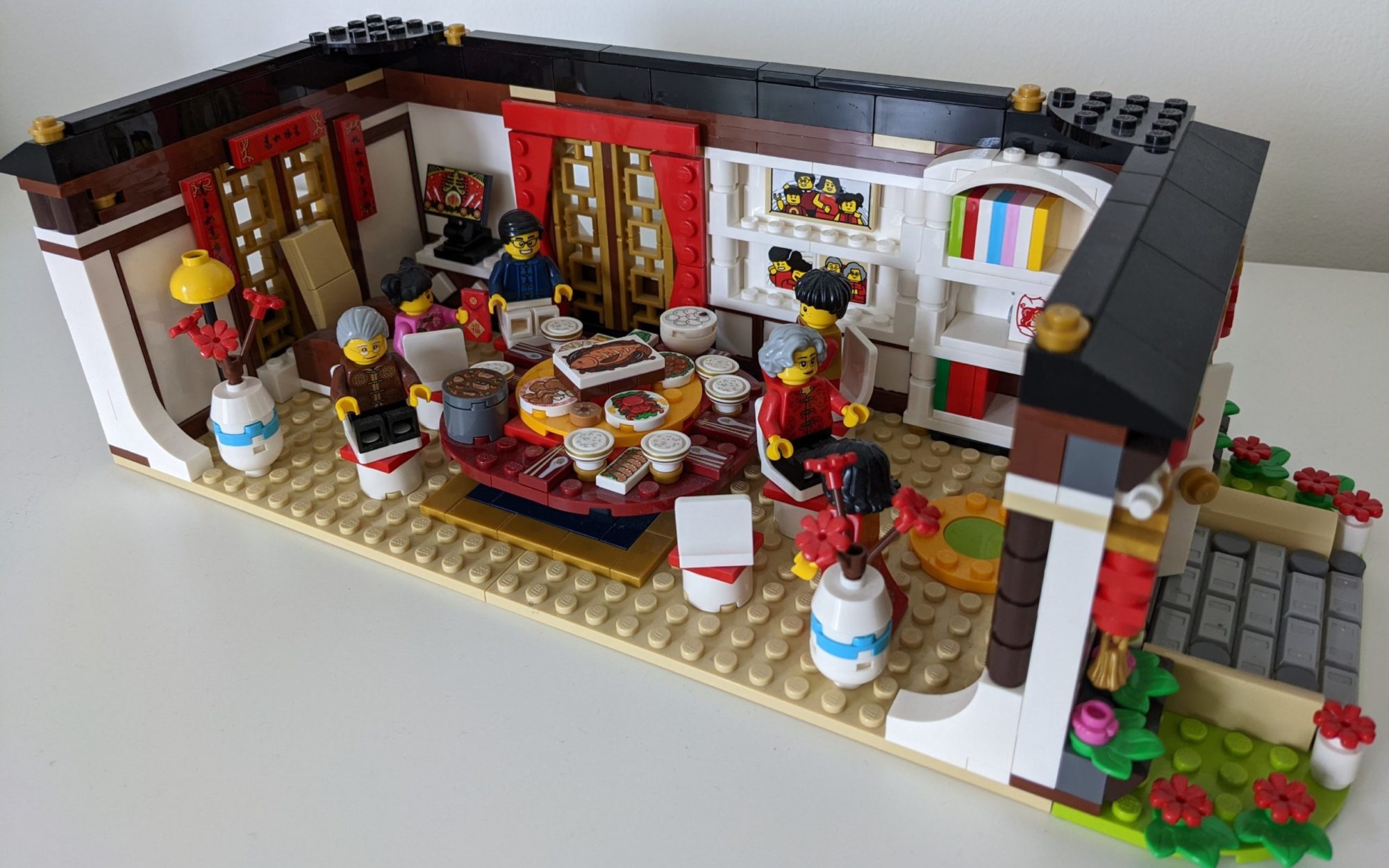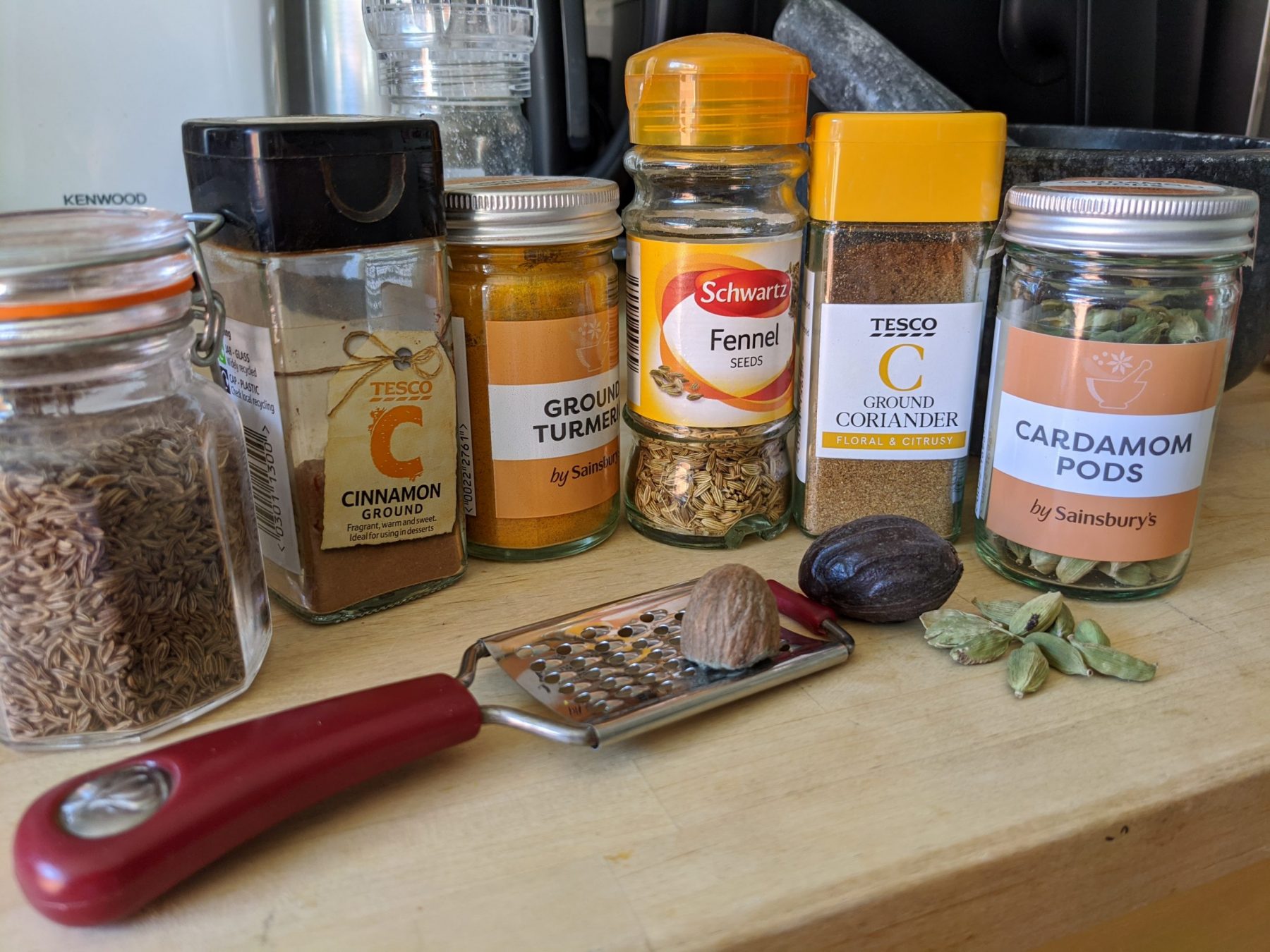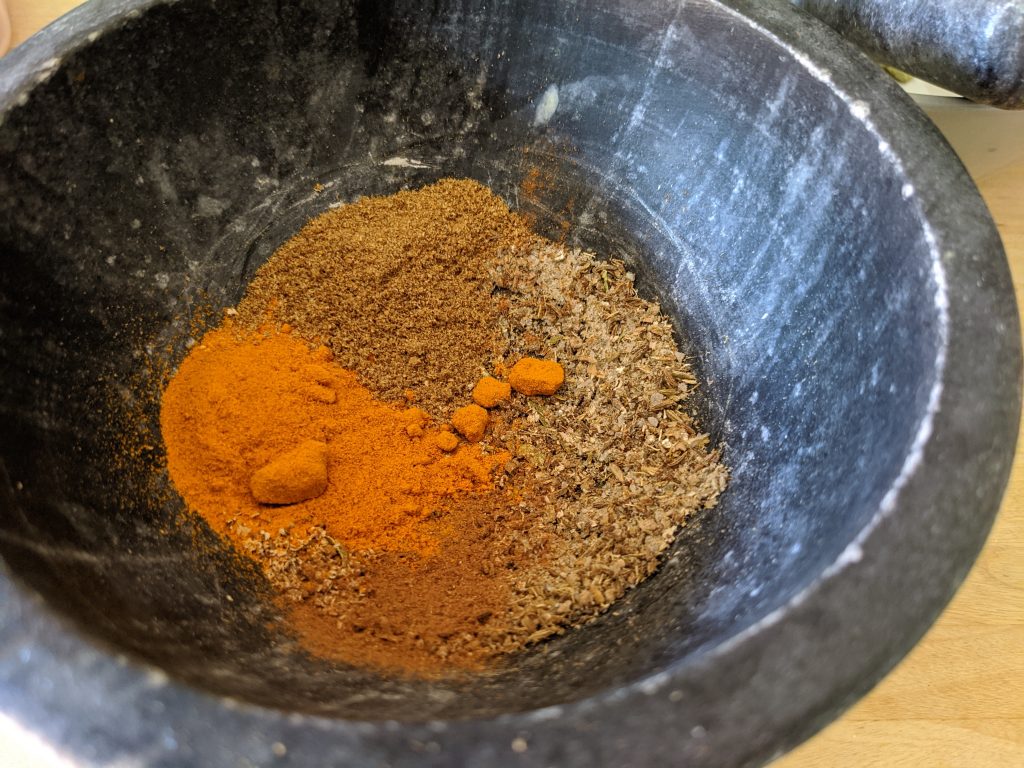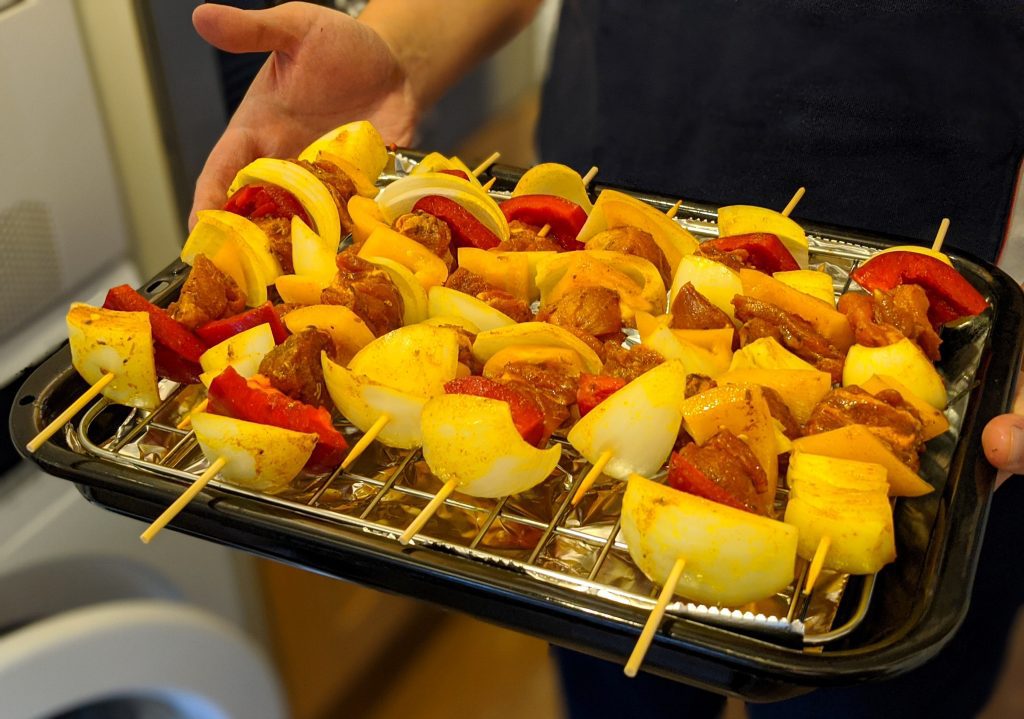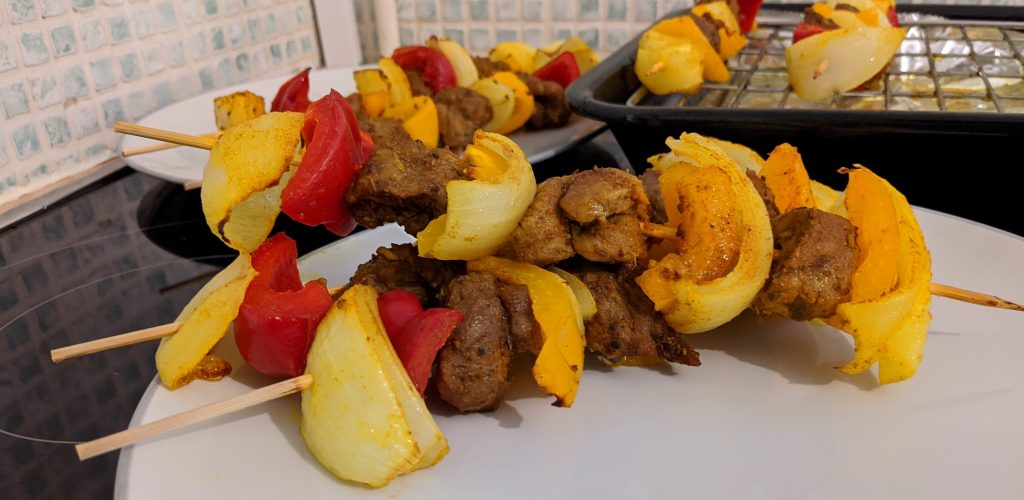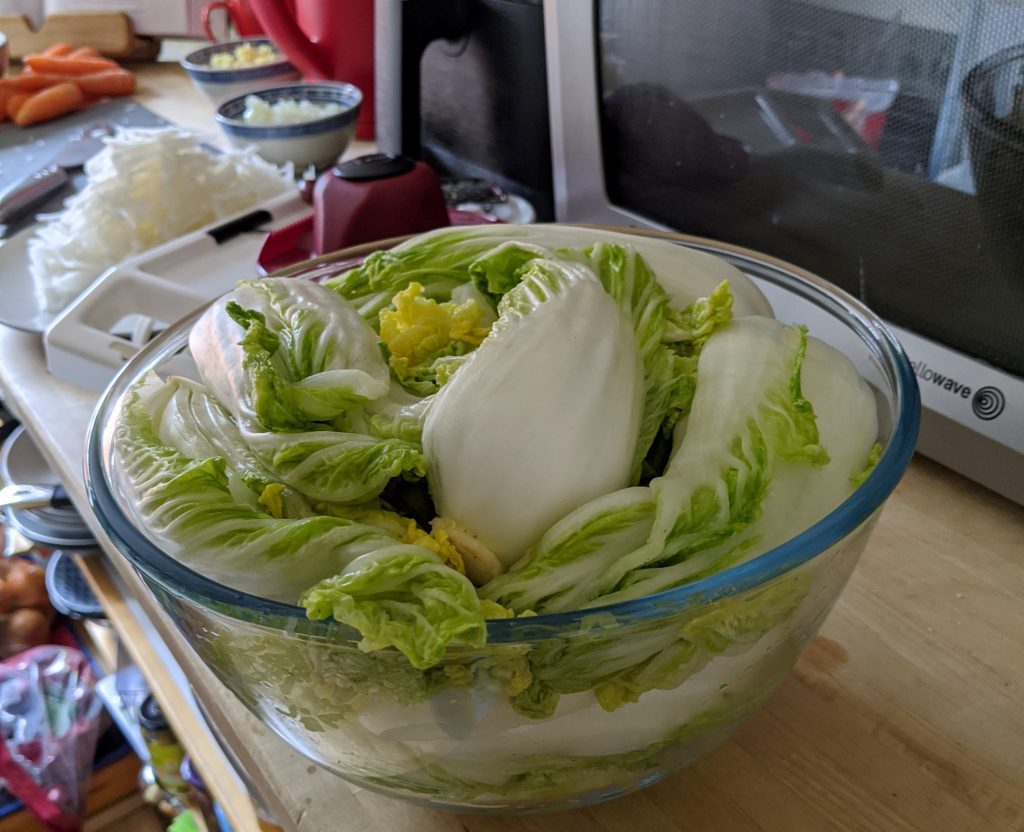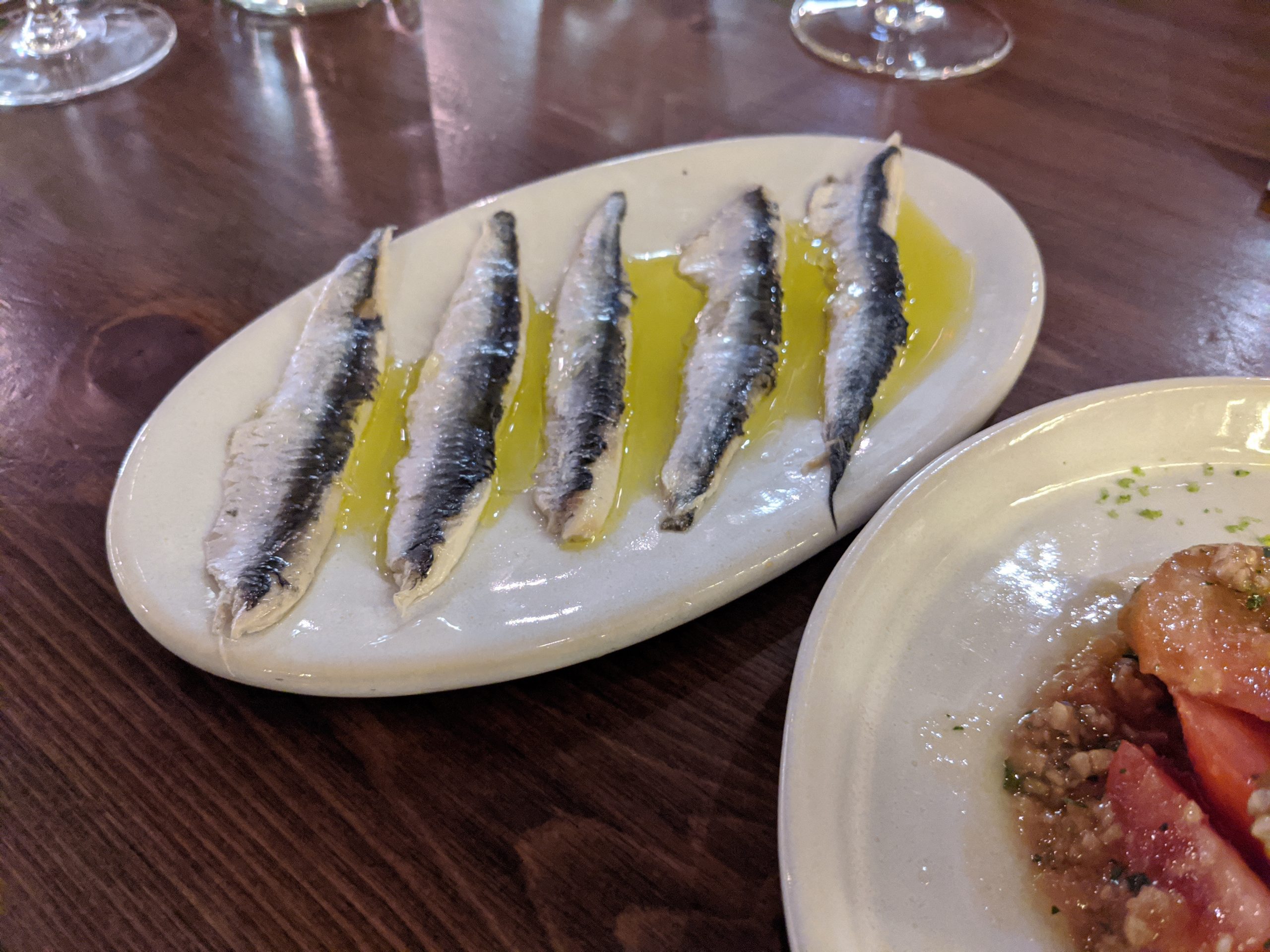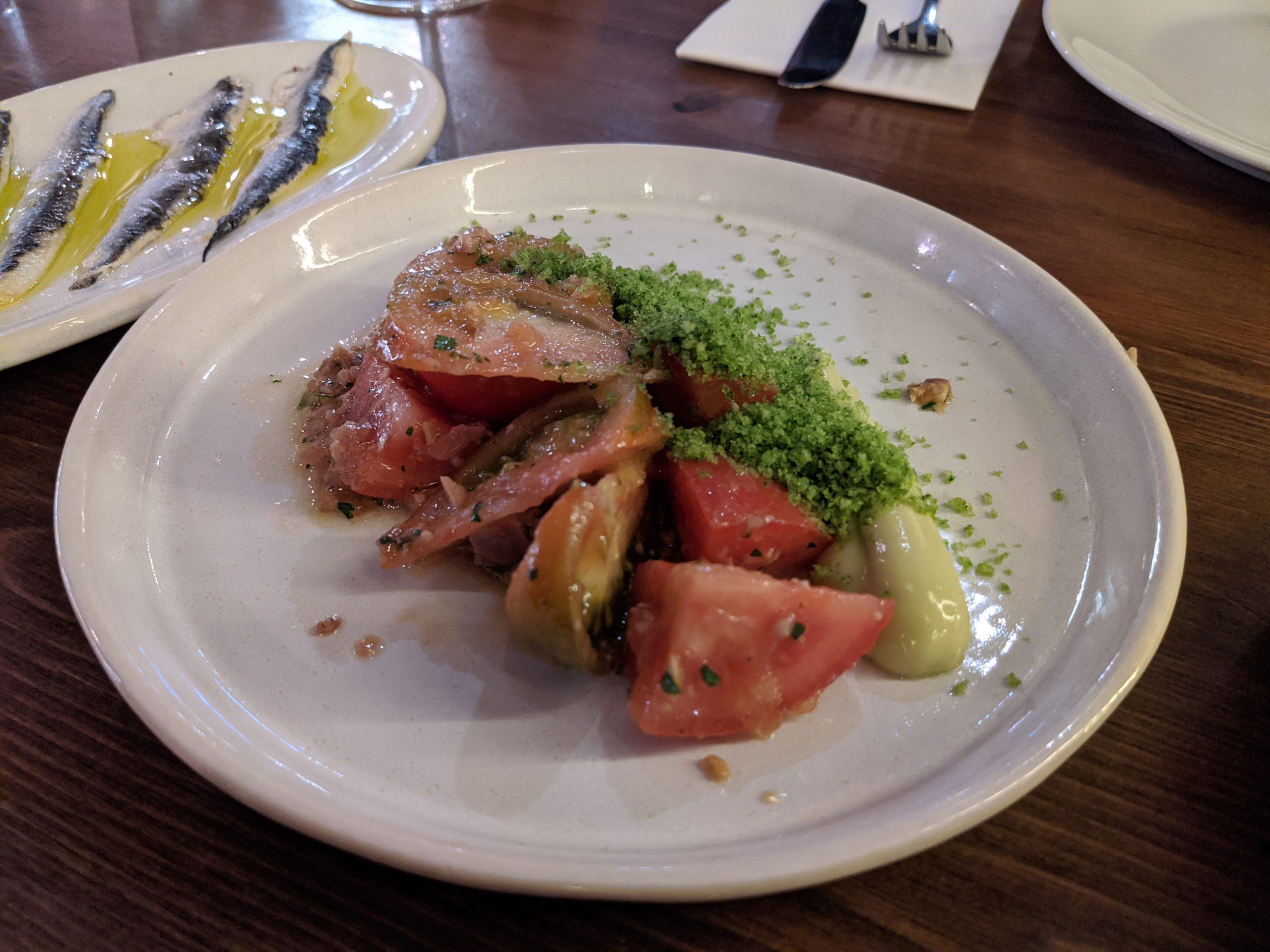
Our local fishmonger (Bristol Fish Ltd) had some sashimi grade tuna in stock over the recent gloriously hot bank holiday weekend. So I decided on a whim to get some as I hadn’t had sushi for a while. Nothing beats freshly made sushi and they are so easy to make!

Daikon 
Just look at this beauty! 


Cook your sushi rice according to the packet. If you have a rice cooker then this step will be minimal effort. Prepare the ingredients you want to assemble within your maki roll sushi by cutting them into thin strips, the idea being that you will then line the ingredients up across horizontally on top of your nori seaweed and bed layer of rice, ready to roll.
The ingredients I used this time were my sashimi tuna, daikon radish, cucumber and crab sticks. You can pretty much add anything you want into your sushi rolls, even cooked meats like the korean gimbaps.
When your rice is cooked, add sushi vinegar to the rice and mix it up and allow your rice to cool a little bit. Tip: keep your rice spatula or spoon in a mug/bowl of water between scooping your rice, it will stop the rice from sticking to your spoon/spatula. Then you can start rolling. I would recommend using a sheet of cling film between your sushi mat and the nori sheets so that you do not have to keep washing your sushi mat between each roll. Place your nori sheet on top of your cling film, followed by a thin-ish layer of rice, then lay your ingredients across your rice horizontally. Around an inch from the bottom edge of your nori sheet. Now roll up your seaweed cylinder of deliciousness.
Once you have made all of your seaweed cylinders, then it is time to cut them up into the bite size maki rolls that one is more familiar with. Tip: wet your knife when cutting the rolls to stop the rice from sticking.
Now enjoy it with a bit of wasabi and sushi soy sauce. A cold beer also goes nicely…
Happy eating!
